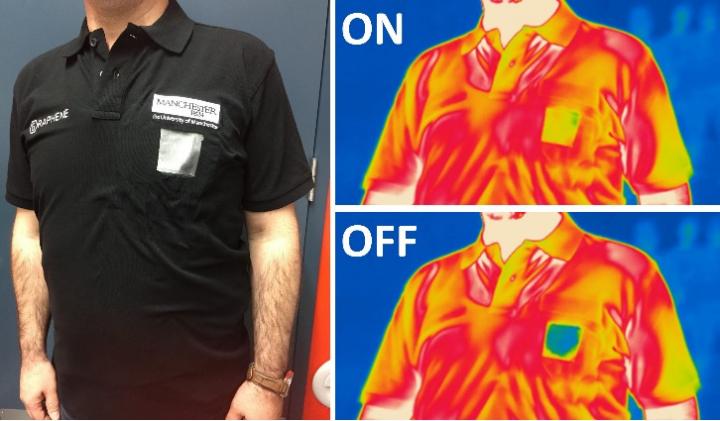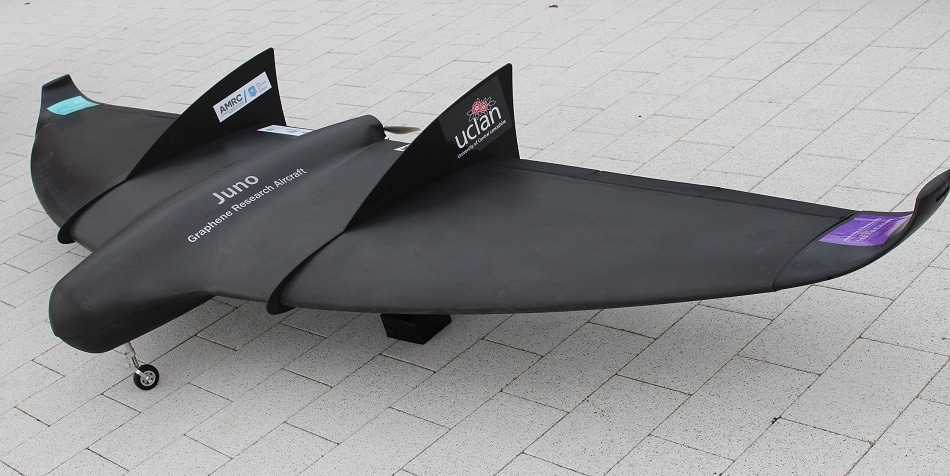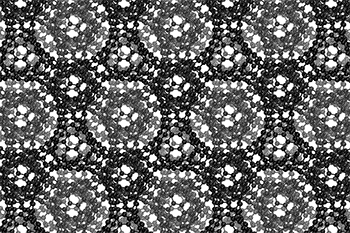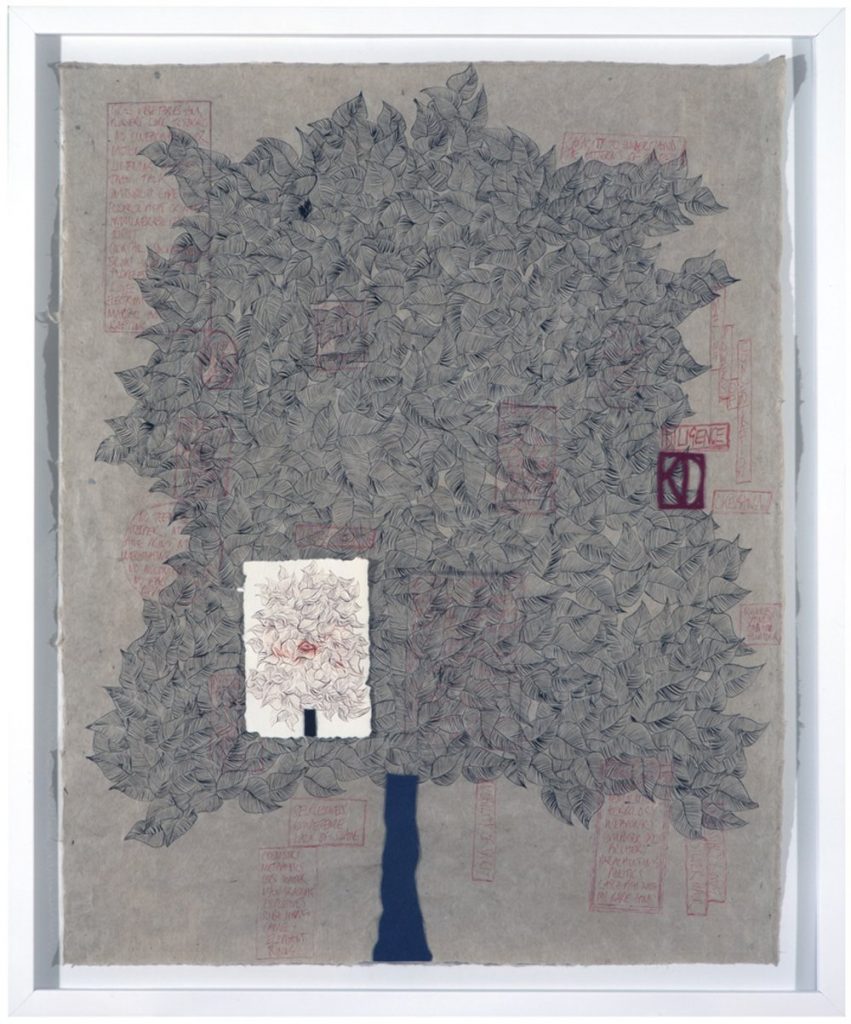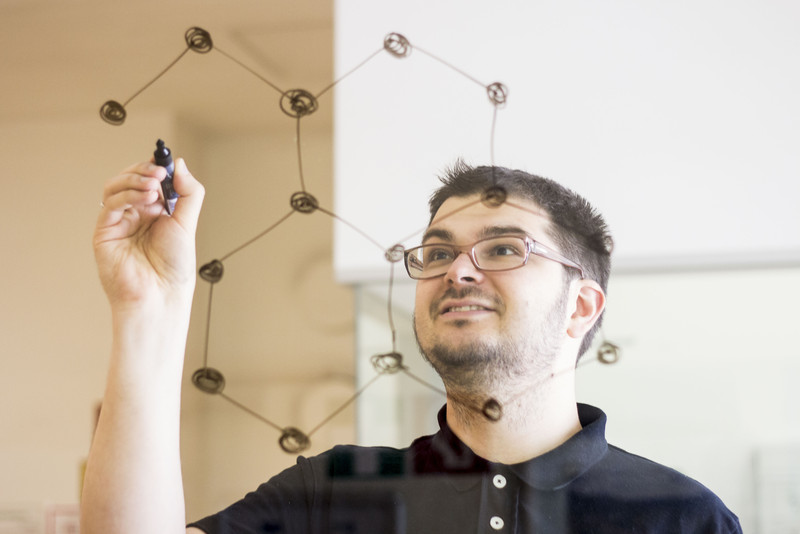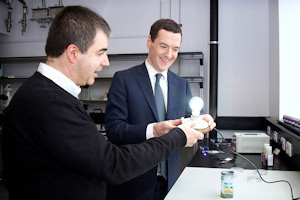The 1979 book, Laboratory Life: the Social Construction of Scientific Facts by Bruno Latour and Steve Woolgar immediately came to mind on reading about a new book (The New Architecture of Science: Learning from Graphene) linking architecture to the practice of science (research on graphene). It turns out that one of the authors studied with Latour. (For more about Laboratory Life* see: Bruno Latour’s Wikipedia entry; scroll down to Main Works)
A June 19, 2020 news item on Nanowerk announces the new book (Note: A link has been removed),
How does the architecture of scientific buildings matter for science? How does the design of specific spaces such as laboratories, gas rooms, transportation roots, atria, meeting spaces, clean rooms, utilities blocks and mechanical workshops affect how scientists think, conduct experiments, interact and collaborate? What does it mean to design a science lab today? What are the new challenges for the architects of science buildings? And what is the best method to study the constantly evolving architectures of science?
Over the past four decades, the design of lab buildings has drawn the attention of scholars from different disciplines. Yet, existing research tends to focus either purely on the technical side of lab design or on the human interface and communication aspects.
To grasp the specificity of the new generation of scientific buildings, however, a more refined gaze is needed: one that accounts simultaneously for the complex technical infrastructure and the variability of human experience that it facilitates.
Weaving together two tales of the NGI [National Graphene Institute] building in Manchester, lead scientist and one of the designers, Kostya [or Konstantin] Novoselov, and architectural anthropologist, Albena Yaneva, combine an analysis of its distinctive design features with ethnographic observation of the practices of scientists, facility managers, technicians, administrators and house service staff in The New Architecture of Science: Learning from Graphene.
…
A June 19 (?), 2020 World Scientific press release (also on EurekAlert), which originated the news item, provides more insight into the book’s ambitions,
Drawing on a meticulous study of ‘the social life’ of the building, the book offers a fresh account of the mutual shaping of architecture and science at the intersection of scientific studies, cognitive anthropology and architectural theory. By bringing the voices of the scientist as a client and the architectural theorist into a dual narrative, The New Architecture of Science presents novel insights on the new generation of science buildings.
Glimpses into aspects of the ‘life’ of a scientific building and the complex sociotechnical and collective processes of design and dwelling, as well as into the practices of nanoscientists, will fascinate a larger audience of students across the fields of Architecture, Public Communication of Science, Science and Technology Studies, Physics, Material Science, Chemistry.
The volume is expected to appeal to academic faculty members looking for ways to teach architecture beyond authorship and seeking instead to develop a more comprehensive perspective of the built environment in its complexity of material and social meanings. The book can thus be used for undergraduate and post-graduate course syllabi on the theory of architecture, design and urban studies, science and technology studies, and science communication. It will be a valuable guidebook for innovative studio projects and an inspirational reading for live project courses.
The New Architecture of Science: Learning from Graphene retails for US$49 / £45 (hardcover). To order or know more about the book, visit http://www.worldscientific.com/worldscibooks/10.1142/11840.
The building and the architects
Here’s what it looks like,

In addition to occasioning a book, the building has also garnered an engineering award for Jestico + Whiles according to a page dedicated to the UK’s National Institute of Graphene on theplan.it website. Whoever wrote this did an excellent job of reviewing the history of graphene and its relation to the University of Manchester and provides considerable insight into the thinking behind the design and construction of this building,
The RIBA [Royal Institute of British Architects] award-winning National Graphene Institute (NGI) is a world-leading research and incubator centre dedicated to the development of graphene. Located in Manchester, it is an essential component in the UK’s bid to remain at the forefront of the commercialisation of this pioneering and revolutionary material.
Jestico + Whiles was appointed lead architect of the new National Graphene Institute at the University of Manchester in 2012, working closely with Sir Kostya Novoselov – who, along with Sir Andre Geim, first isolated graphene at the University of Manchester in 2004. The two were jointly awarded the Nobel Prize in Physics in 2010. [emphases mine]
Located in the university campus’ science quarter, the institute is housed in a compact 7,600m2 five-storey building, with the main cleanroom located on the lower ground floor to achieve best vibration performance. The ceiling of the viewing corridor that wraps around the cleanroom is cleverly angled so that scientists in the basement are visible to the public from street level.
…
On the insistence of Professor Novoselov most of the laboratories, including the cleanrooms, have natural daylight and view, to ensure that the intense work schedules do not deprive researchers of awareness and enjoyment of external conditions. All offices are naturally ventilated with openable windows controlled by occupants. Offices and labs on all floors are intermixed to create flexible and autonomous working zones which are easily changed and adapted to suit emerging new directions of research and changing team structures, including invited industry collaborators.
The building also provides generous collaborative and breakout spaces for meetings, relaxation and social interaction, including a double height roof-lit atrium and a top-floor multifunction seminar room/café that opens onto a south facing roof terrace with a biodiverse garden. A special design feature that has been incorporated to promote and facilitate informal exchanges of ideas is the full-height ‘writable’ walls along the corridors – a black PVC cladding that functions like traditional blackboards but obviates the health and safety issue of chalk dust.
…
The appearance and imagery of this building was of high importance to the client, who recognised the significant impact a cutting-edge research facility for such a potentially world-changing material could bring to the university. Nobel laureate end users, heads of departments, the Estates Directorate, and different members of the design and project team all made contributions to deciding what this was. Speaking in an article in the New Yorker, fellow graphene researcher James Tour of Rice University, Texas said ‘What Andre Geim and Kostya Novoselov did was to show the world the amazingness of graphene.’ Our design sought to convey this ‘amazingness’ through the imagery and materiality of the NGI.
The material chosen for the outer veil is a black Rimex stainless steel, which has the quality of mirror-like reflectivity, but infinitely varies in colour depending on light conditions and the angle of the view. The resulting image is that of a mysterious, ever-changing mirage that evokes the universal experience of scientific exploration. An exploration enveloped by a 2D, ultra-thin, black material that has a mercurial, undefinable character – a perfect visual reference for graphene.
This mystery is deepened by subtle delineation of the equations used in graphene research all over the façade through perforations in the panels. These are intentionally obscure and only apparent upon inspection. The equations include two hidden deliberate mistakes set by Professor Novoselov.
The perforations themselves are hexagonal in shape, representing the 2D atomic formation of graphene. They are laser cut based on a completely regular orthogonal grid, with only the variations in the size of each hole making the pattern of the letters and symbols of the equations. We believe this is a unique design in using parametric design tools to generate organic and random looking patterns out of a completely regular grid.
…
Who are Albena Yaneva and Sir Konstantin (Kostya) Sergeevich Novoselov?
Yaneva is the author who studied with Latour as you can see in this excerpt from her Univerisiy of Manchester faculty webpage,
…
After a PhD in Sociology and Anthropology from Ecole Nationale Supérieure des mines de Paris (2001) with Professor Bruno Latour, Yaneva has worked at Harvard University, the Max-Planck Institite for the History of Science in Berlin and the Austrian Academy of Science in Vienna. Her research is intrinsically transdisciplinary and spans the boundaries of science studies, cognitive anthropology, architectural theory and political philosophy. Her work has been translated in German, Italian, Spanish, Portuguese, French, Thai, Polish, Turkish and Japanese.
Her book The Making of a Building: A Pragmatist Approach to Architecture (Oxford: Peter Lang, 2009) provides a unique anthropological account of architecture in the making, whereas Made by the OMA: An Ethnography of Design (Rotterdam: 010 Publishers, 2009) draws on an original approach of ethnography of design and was defined by the critics as “revolutionary in analyzing the day-to-day practice of designers.” For her innovative use of ethnography in the architectural discourses Yaneva was awarded the RIBA President’s Award for Outstanding University-located Research (2010).
Yaneva’s book Mapping Controversies in Architecture (Routledge, 2012) brought the newest developments in social sciences into architectural theory. It introduced Mapping Controversies as a research and teaching methodology for following design debates. A recent volume in collaboration with Alejandro Zaera-Polo What is Cosmopolitical Design? (Routledge, 2015) questioned the role of architectural design at the time of the Anthropocene and provided many examples of cosmopolitically correct design.
Her monograph Five Ways to Make Architecture Political. An Introduction to the Politics of Design Practice (Bloomsbury, 2017) takes inspiration from object-oriented political thought and engages in an informed enquiry into the different ways architectural design can be political. The study contributes to a better understanding of the political outreach of the engagement of designers with their publics.
Professor Yaneva’s monograph Crafting History: Archiving and the Quest for ArchitecturalLegacy (Cornell University Press, 2020) explores the daily practices of archiving in its mundane and practical course and is based on ethnographic observation of the Canadian Centre for Architecture (CCA) [emphasis mine] in Montreal, a leading archival institution, and interviews with a range of practitioners around the world, including Álvaro Siza and Peter Eisenman. Unravelling the multiple epistemic dimensions of archiving, the book tells a powerful story about how collections form the basis of Architectural History.
I did not expect any Canadian content!
Oddly, I cannot find anything nearly as expansive for Novoselov on the University of Manchester website. There’s this rather concise faculty webpage and this more fulsome biography on the National Graphene Institute website. For the record, he’s a physicist.
For the most detail about his career in physics, I suggest the Konstantin Novoselov Wikipedia entry which includes this bit about his involvement in art,
Novoselov is known for his interest in art.[61] He practices in Chinese traditional drawing[62] and has been involved in several projects on modern art.[63] Thus, in February 2015 he combined forces with Cornelia Parker to create a display for the opening of the Whitworth Art Gallery. Cornelia Parker’s meteorite shower firework (pieces of meteorites loaded in firework) was launched by Novoselov breathing on graphene gas sensor (which changed the resistance of graphene due to doping by water vapour). Graphene was obtained through exfoliation of graphite which was extracted from a drawing of William Blake. Novoselov suggested that he also exfoliated graphite obtained from the drawings of other prominent artists: John Constable, Pablo Picasso, J. M. W. Turner, Thomas Girtin. He said that only microscopic amounts (flake size less than 100 micrometres) was extracted from each of the drawings.[63] In 2015 he participated in “in conversation” session with Douglas Gordon during Interdependence session at Manchester International Festival.[64]
I have published two posts about Novoselov’s participation in art/science projects, the first was on August 13, 2018 and titled: “See Nobel prize winner’s (Kostya Novoselov) collaborative art/science video project on August 17, 2018 (Manchester, UK)” and the second was in February 25, 2019 and titled: “Watch a Physics Nobel Laureate make art on February 26, 2019 at Mobile World Congress 19 in Barcelona, Spain.” (I may have to seriously consider more variety in my titles.)
I hope that one of these days I’ll get my hands on this book. In the meantime, I intend to spend more time perusing Bruno Latour’s website.
*laboratory Life changed to Laboratory Life on November 15, 2021.
